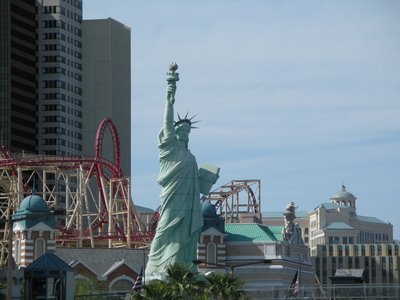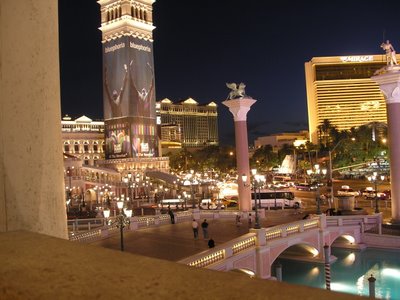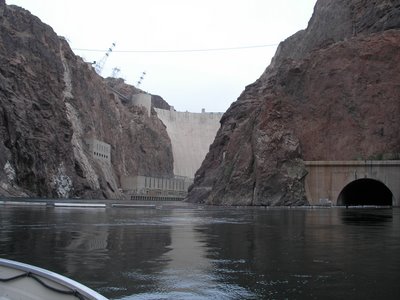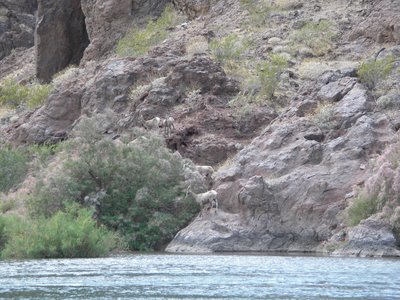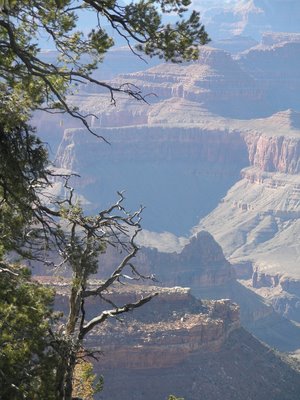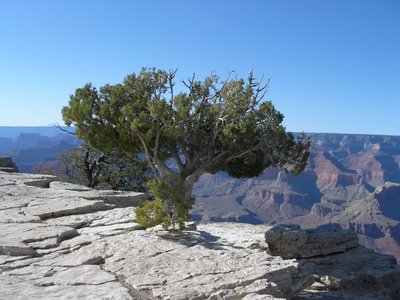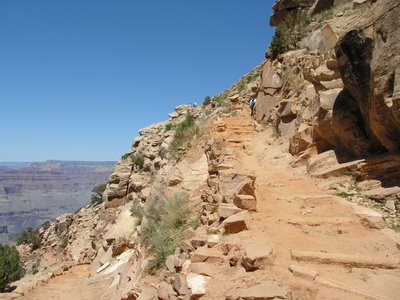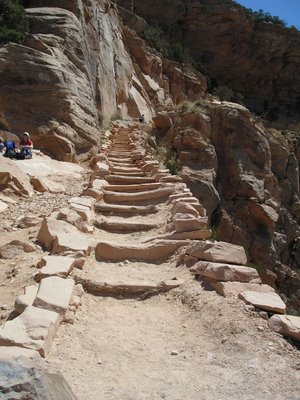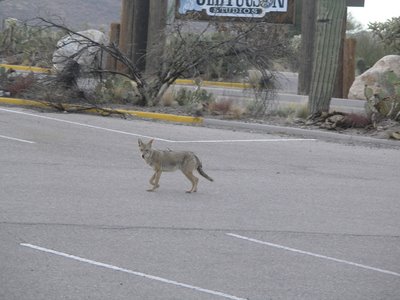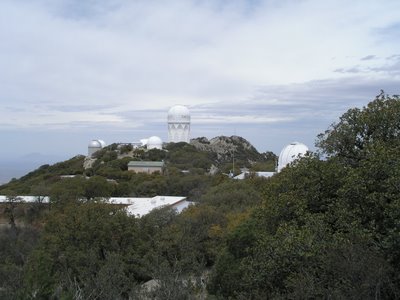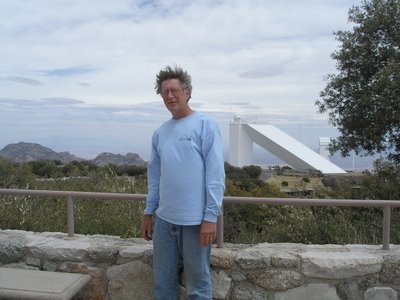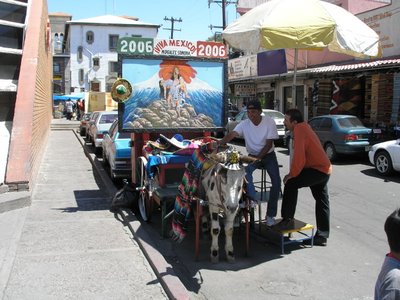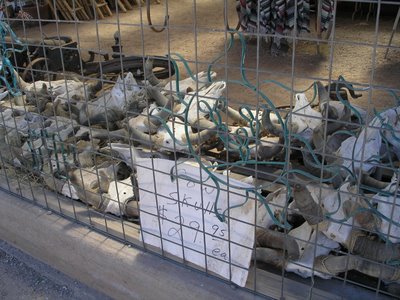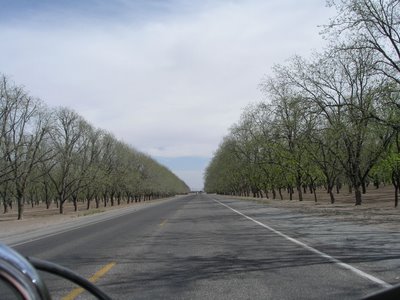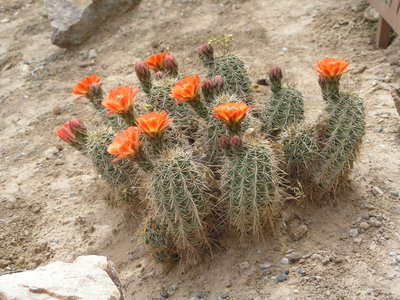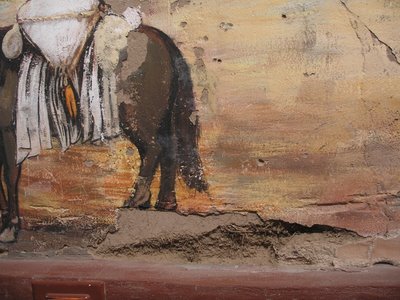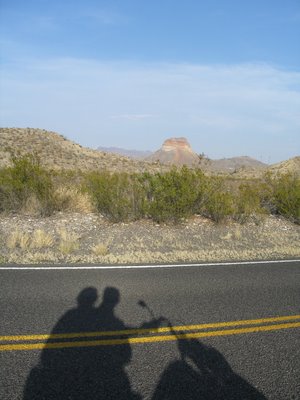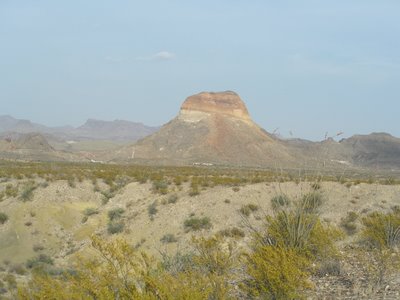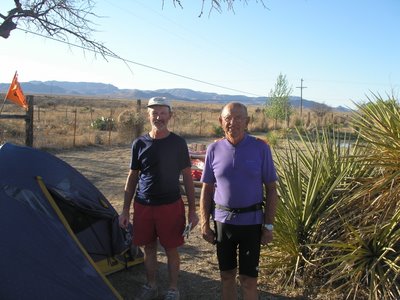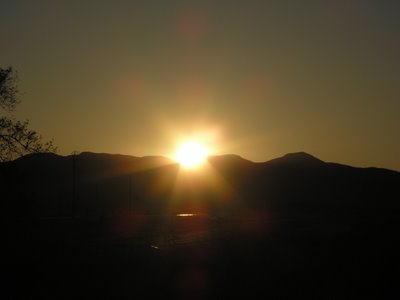We drive 300 miles north in Nevada though some of the most lonely country in America. Wendover is a tiny town on the Nevada/Utah border on the edge of the Great Salt Lake.
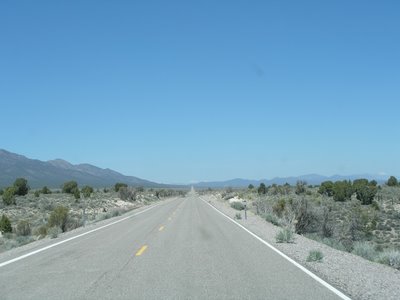
My brother works here as a dealer. He used to be a pit boss peering down though security cameras at the action. He is sensitive, like me, and I imagine he tired of breaking fingers and burying dishonest dealers in the desert.
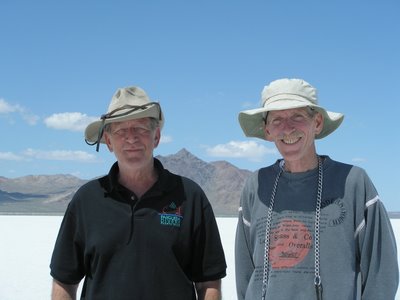
Mrs Phred and I are immediately pulled over by a Wendover policeman who informs us that Nevada has a helmet law. He calls in my license and registration and lets me go with a warning. He seems faintly amused by meeting grandpa and grandma on a cycle with Florida plates.
My brother works the graveyard shift, so I get up at 4 AM and wander though all the casinos looking for him. A Nevada casino at this time of day is populated by very strange people. You have to study the vacant stare of the slot users with neon glare reflecting from their faces. All the slots take bills now, but they have programmed in the sound of coins dropping.

Most customers here are Mormons from Utah who drive 110 miles over the salt lake to play. We go to the Bonneville Salt Flats in the afternoon and visit the old B-29 base where Paul Tibbits trained with the Enola Gay. There is an abandoned rail line called the Tokyo Trolley where they ran mock-ups of tanks and trucks for target practice.
